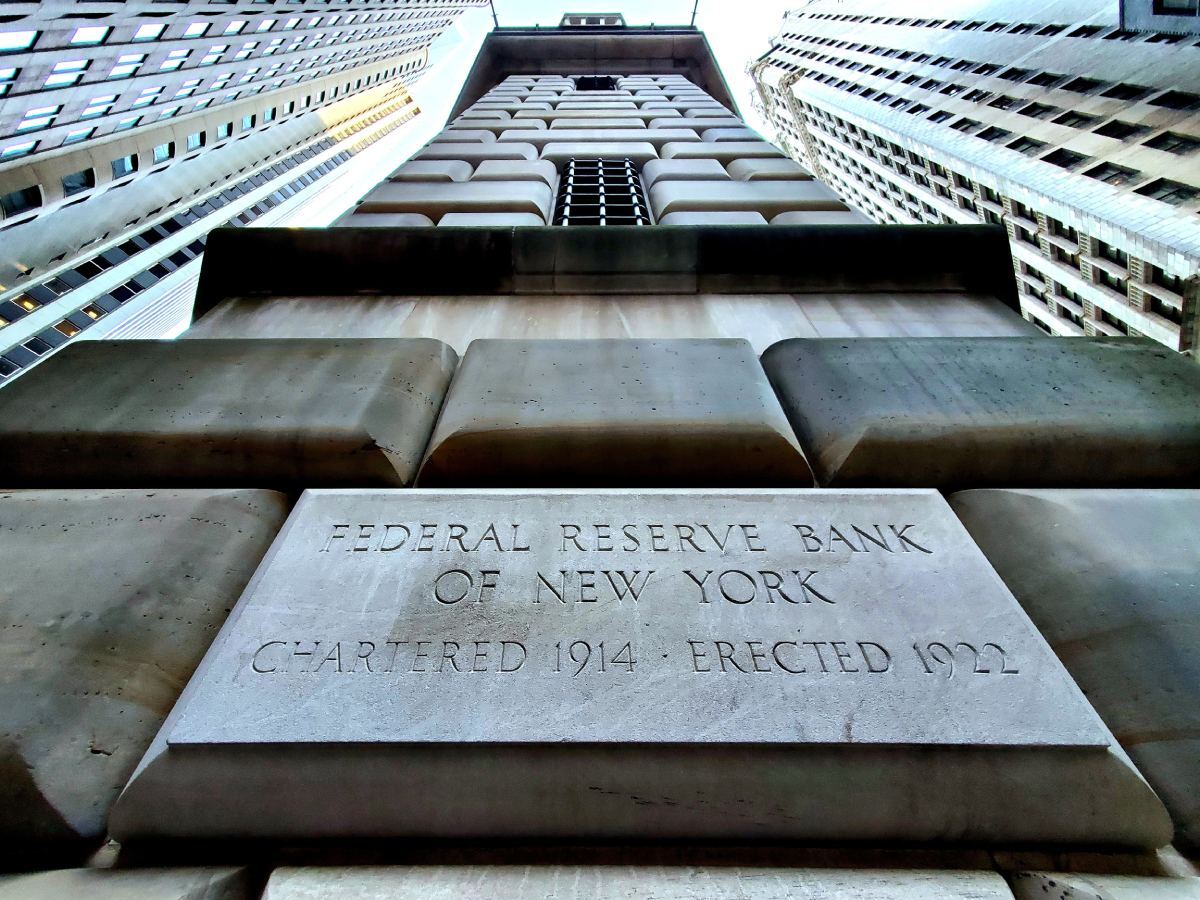
With the odds of a July rate cut fading, the Federal Reserve will likely be late to the rate-cut party but could make up for it in 2026 with aggressive easing, according to Morgan Stanley strategists Matt Hornback and Michael Gapen.
In the latest Thoughts on the Market podcast, Hornback and Gapen said they expect the Fed to cut interest rates seven times next year as policymakers rush to compensate for staying on hold through most of 2025.
Gapen highlighted three reasons why the Fed has been reluctant to cut rates this year: new tariffs, tighter immigration controls that are preventing unemployment from rising, and lingering uncertainty about whether President Trump’s massive fiscal package will pass in its current form.
“So, in total, the Fed will see a lot of inflation in the near term and a weaker economy as we move into 2026. So, the Fed will be waiting to ensure that that inflation impulse is indeed transitory, but a Fed that cuts late will ultimately end up cutting more,” Gapen said.
On June 18, the Fed voted to keep interest rates unchanged for a fourth consecutive meeting, with Chairman Jerome Powell repeating his “wait-and-see” mantra.
Policymakers are widely expected to stand pat again in July, though cuts could become more likely starting in September, according to CME Group’s FedWatch Tool.
Trump was right in calling Fed Chair “too late Powell”
The Fed’s decision to keep rates higher for longer has frustrated President Trump, who argues that weaker inflation and rising debt costs call for immediate cuts.
As Investors Observer reported, annual interest payments on the federal debt have reached $1.2 trillion over the past 12 months, highlighting the mounting financial burden on Washington. Interest costs are now the second-largest government expense, behind only Social Security.
In a recent Truth Social tirade, Trump said that Fed rates should be more than 200 basis points lower than they are today.
However, history suggests that Powell’s slow and cautious approach to policy shifts is deliberate. For better or worse, he guided the Fed through the post-pandemic tightening cycle, waiting until the last moment to begin raising rates.
By the time the Fed started hiking in 2022, the Consumer Price Index had already surged toward a peak of 9.1% - a four-decade high.
Dan North, chief economist at Allianz Trade North America, noted that Powell’s wait-and-see style is hardly unique.
“Historically, go back and look at any Federal Reserve, and I’m going back into the ’70s, the Fed is always late both ways,” he said. “They tend to wait. They want to wait to make sure that they won’t make a mistake, and by the time they do that, usually it is too late.”
Your email address will not be published. Required fields are markedmarked